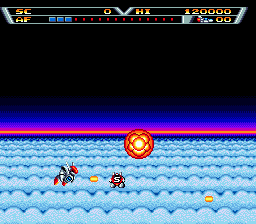Not really, re: 160144 as full signal. Again, it’s pretty much a Master System; there’s even an adapter to play any Master System cartridge on the GG, and a couple of games are literally just SMS ROMs in a Game Gear cartridge (try Castle of Illusion GG). So the hardware is perfectly capable of a 256240 signal–the picture is scaled to fit the GG screen when in this mode. It kinda looks like ass, but cut it a break, it’s a friggin’ Game Gear.
In fact, even when running in “real” GG mode, the full signal is 256240 and the hardware just shows the middle of that. Make a note of the Genesis Plus GX core setting (not running it right this minute, but something like “Extended Game Gear screen”) which expands the picture out to the full size the hardware is actually capable of. Games ported from SMS to Game Gear or otherwise derived from SMS games frequently actually “use” this area. You can play all the Sonic games in 256192; I’d even argue they’re more fun that way. But developers never foresaw people doing that, so all kinds of problems might appear depending on the title, from sprites not appearing in the “outside” area to the whole thing just being garbage.

 8tcebsyo][/li][li]Bubble and Squeak (Fox Williams)[/
8tcebsyo][/li][li]Bubble and Squeak (Fox Williams)[/








